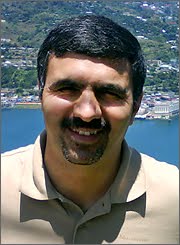Sweden with less than 10 million inhabitants has more than 36,000 cars, 1500 buses and 500 heavy duty trucks running on biogas or biomethane. This country has an old gas grid in the western part of the country for natural gas from North Sea, but it is now connected to many biogas plants to deliver the gas to the pump stations in this region. However, the biogas is not just in this part, as we have local networks in e.g. Stockholm region, Borås, Linköping etc. The gas is compressed and then delivered to the cars (by quick filling), buses and trucks (long filling e.g. over night).
As the gas delivery to the stations should be secured, natural gas is used as the back up. It can be delivered via the grid e.g. in the west and south of the country, or from the stored liquified natural gas (LNG) for the other parts of the country.
The biogas production in this country is still developing. The government has recently decided to contribute to the biogas production by the farmers, while a big project on biogas production via gasification in Göteborg (GoBiGas) is going to produce biogas in 2014. Let's wait for more exciting news about biogas in Sweden!!





